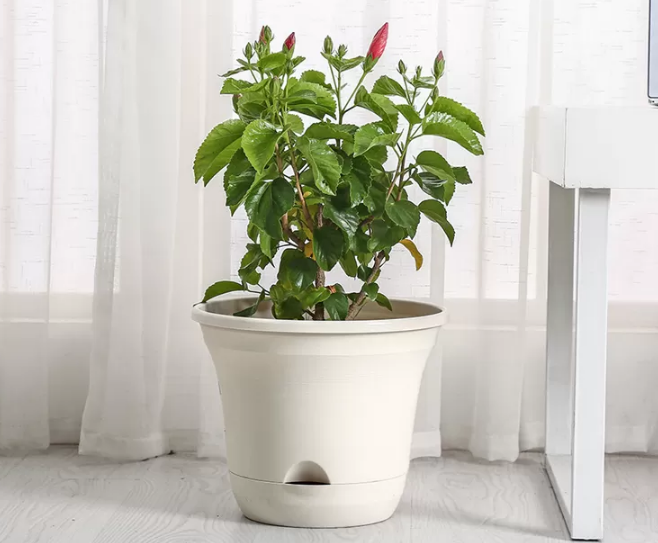Feb. 21, 2024
Occasionally, while tending to your plants and providing them with the proper care, you may observe that one is experiencing difficulties despite your efforts. Despite adhering to the appropriate watering schedule, ensuring it receives optimal sunlight, keeping it pest-free, and witnessing its previous robust growth, you find yourself questioning what went wrong. This is an indication that your plant may be signaling its readiness for repotting. Certain plant varieties can thrive for extended periods without requiring repotting, such as snake plants, cacti, and zz plants, which can endure years without intervention. On the contrary, plants like philodendrons, tradescantia, pilea, and other fast-growing varieties may necessitate repotting at an earlier juncture.
The key to successful repotting lies in the ability to recognize when each of your plants requires this intervention.

A simple method to determine if your flower plant requires repotting is to visually inspect whether it is pressing up against the edges of the pot. This is especially evident when your plants are housed in plastic containers. For those in ceramic or terracotta pots, you may notice the plant visibly pushing against the pot, or, if the plant is dry, you can gently extract it from the pot to examine the root system.
Another great way to see if your plant needs to be repotted is to check if the roots are growing out of the bottom of the current pot it is in. This is particularly easy to do when you are planting in a pot with a hole at the bottom. If you see roots coming out the bottom or top of the pot, it’s definitely time for a resize.
How to Check for Root Crowding:
- Gently remove the plant from its pot.
- Examine the roots for a circular or densely packed pattern.
- Healthy roots should be spread out, with minimal circling.
Sometimes plants that are too tight in their pots will start drooping, become unresponsive to fertilizing, and may drop their leaves. If all else fails, it could indicate that the plant's roots have extensively occupied the soil, leading to insufficient nutrients for adequate support. Providing fresh soil and transferring the plant to a slightly larger pot can make a significant difference.
Your garden plant pot communicates its needs through its above-ground growth. If you observe slowed growth and yellowing leaves, it could be a sign that the current pot is constraining its development. When the roots have exhausted the available space, the plant struggles to access nutrients, leading to deficiencies that manifest as yellowing leaves. Additionally, a cramped environment can hinder the plant's ability to absorb water, causing stress and further impacting its growth rate.
How to Identify Slowed Growth and Yellowing Leaves:
- Monitor your plant's growth over time.
- Look for a noticeable decrease in the rate of new leaves or overall size.
- Examine the color of the leaves; a healthy plant should have vibrant green foliage.
Proper watering is essential for plant health, and an inadequate pot size can interfere with this crucial aspect of care. If you find that water consistently pools on the soil surface or drains too quickly, it may be a sign that your plant is struggling with its current pot. Overwatering in a too-small pot can lead to root rot, while underwatering can cause stress and dehydration.
How to Recognize Watering Difficulties:
- Observe the water drainage during each watering session.
- Check for signs of overwatering, such as soggy soil and a foul odor.
- Look for signs of underwatering, including dry and compacted soil.
Now that you've identified the need to repot your plant, what should be your next course of action? In many instances, it's advisable to choose a new pot that is 2-4 inches larger in diameter than the original one your plant has outgrown. This provides ample space for growth without causing undue stress. Particularly for plants that thrive in more confined pots, such as snake plants and cacti, adhering to this guideline is crucial. Excessive soil in larger pots can prolong moisture retention after watering, potentially leading to root rot.
Previous: Do Plants Grow Well in Plastic Pots?
Latest News
OUK Technology Co., Ltd. at the 135TH China Imoprt and Export Fair
Mar. 28, 2024
Do Plants Grow Well in Plastic Pots?
Feb. 26, 2024
Navigation
Tel.: +86 153 7210 3900
E-mail: leoho@zjouk.com
Add.: No.20 Industrial Functional Zone, Zhengzhai Town, Pujiang County, Zhejiang Province

